Unlocking the Secrets of No-Dig Gardening

In the evolving landscape of gardening techniques, no-dig gardening has emerged as a revolutionary method for cultivating healthy, productive gardens with minimal effort. This technique, which emphasizes building soil health and reducing labor, has been embraced by both novice and seasoned gardeners. The practice of no-dig gardening goes beyond traditional methods by prioritizing soil preservation and enhancing the natural ecosystem within the garden. As gardeners seek more sustainable and efficient ways to grow their plants, no-dig gardening offers a promising solution that aligns with ecological principles and promotes long-term soil fertility. This approach not only simplifies the gardening process but also addresses several common challenges faced by gardeners, such as soil compaction, erosion, and nutrient depletion.
By adopting no-dig gardening, you can create a thriving garden environment that supports healthy plant growth and reduces the need for chemical interventions. In this article, we delve into the principles of no-dig gardening, its benefits, and practical steps to implement this approach in your garden. From understanding the science behind soil health to learning the step-by-step process of starting a no-dig garden, you'll gain valuable insights that will transform your gardening practices and lead to more successful, sustainable outcomes. Whether you're a seasoned gardener looking to improve your methods or a beginner seeking a low-maintenance way to start, no-dig gardening offers a versatile and effective strategy to achieve your gardening goals.
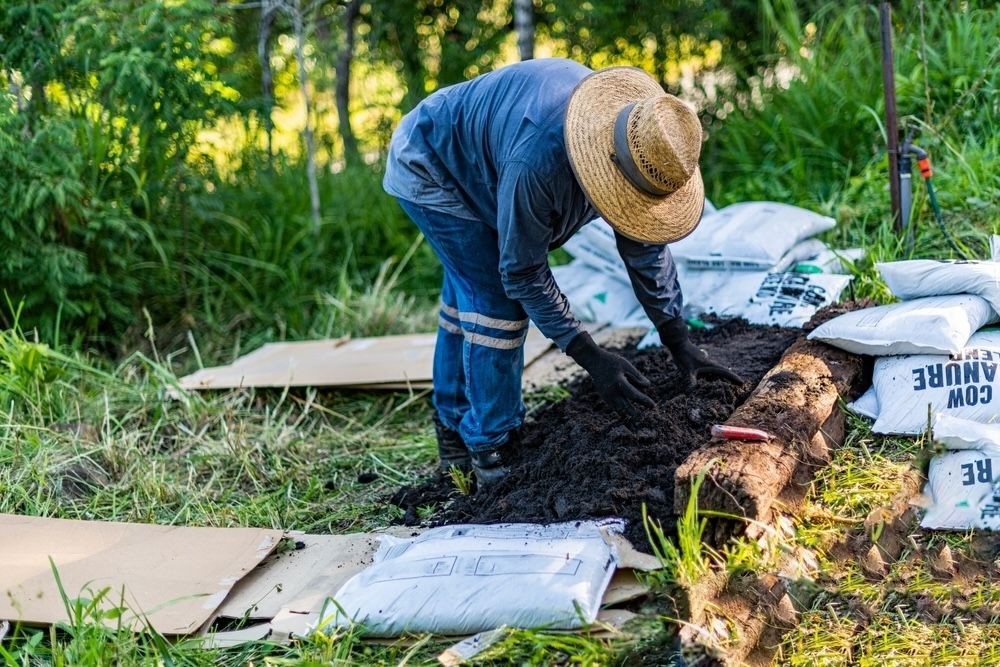
What is No-Dig Gardening?
No-dig gardening is a method that involves layering organic materials on top of the soil rather than tilling or digging into it. This technique mimics natural processes, promoting soil health and structure while reducing the need for intensive labor. By allowing the soil ecosystem to thrive undisturbed, plants can access nutrients more efficiently, leading to robust growth and higher yields.
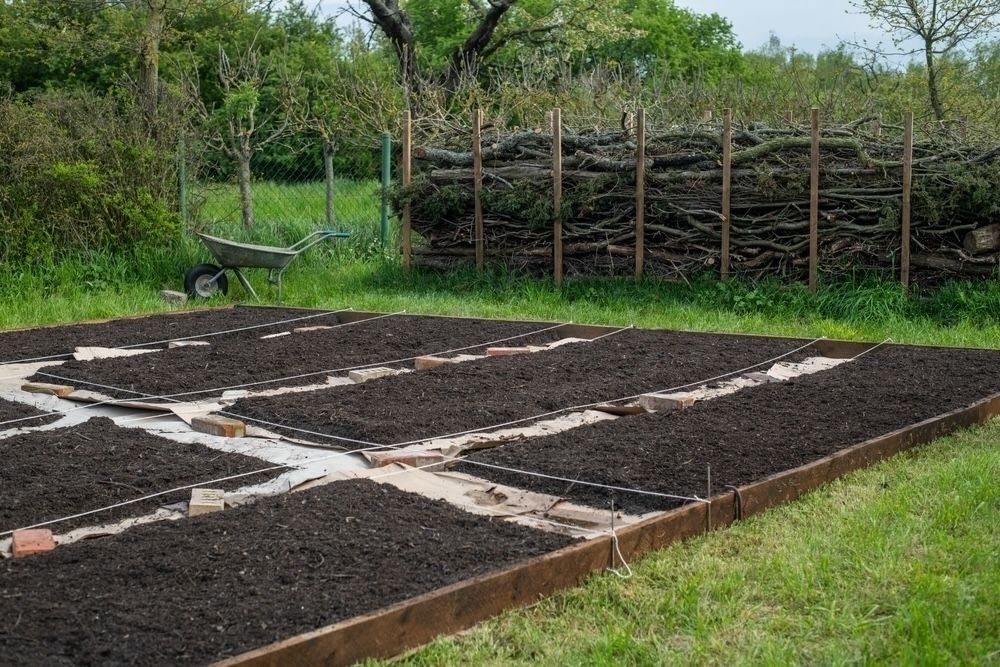
Benefits of No-Dig Gardening
Soil Health and Structure: No-dig gardening preserves soil structure, which is crucial for root growth and water retention. The undisturbed soil maintains its natural composition, supporting a diverse range of microorganisms that contribute to plant health.
Reduced Labor: Traditional gardening often involves extensive digging and tilling, which can be physically demanding. No-dig gardening minimizes these tasks, making it accessible to individuals of all ages and physical abilities.
Weed Management: By layering organic materials, no-dig gardening creates a mulch that suppresses weed growth. This reduces the need for chemical herbicides and manual weeding, saving time and effort.
Water Conservation: The mulch layer in no-dig gardens helps retain moisture, reducing the need for frequent watering. This is particularly beneficial in areas prone to drought or where water conservation is a priority.
Carbon Sequestration: No-dig gardening can contribute to climate change mitigation by sequestering carbon in the soil. The organic matter added to the garden acts as a carbon sink, helping to reduce greenhouse gases in the atmosphere.

How to Start a No-Dig Garden
Choose Your Location: Select a suitable site for your no-dig garden. Ensure it receives adequate sunlight and has good drainage.
Prepare the Base Layer: Lay down a thick layer of cardboard or newspaper to smother existing weeds and grass. This base layer will decompose over time, enriching the soil.
Add Organic Materials: Layer organic materials such as compost, straw, leaves, and grass clippings on top of the base layer. Aim for a depth of at least 6-8 inches. These materials will break down, creating a nutrient-rich growing medium.
Planting: Create small holes or furrows in the organic layers to plant seeds or seedlings. As the plants grow, their roots will penetrate the decomposing layers, accessing the nutrients below.
Maintenance: Continue to add organic materials to the garden as needed, especially during the growing season. This will maintain the mulch layer, suppress weeds, and provide ongoing nourishment to the plants.
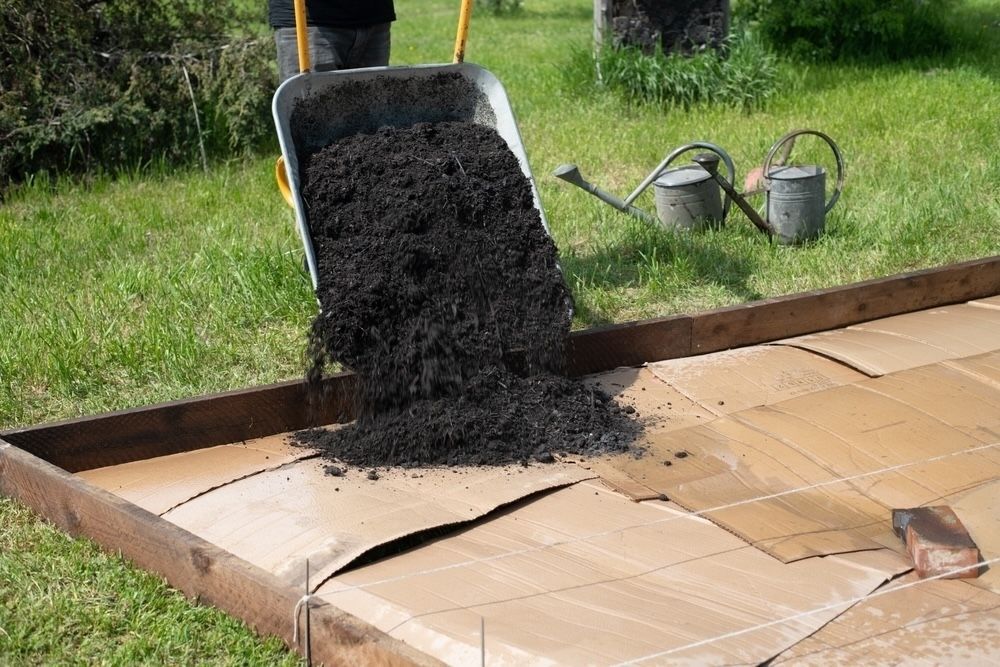
Tips for Successful No-Dig Gardening
Diverse Organic Matter: Use a variety of organic materials to ensure a balanced nutrient profile for your plants.
Regular Mulching: Keep the garden mulched to retain moisture and prevent weed growth.
Monitor Soil Health: Periodically check soil pH and nutrient levels to ensure optimal growing conditions.
Rotate Crops: Practice crop rotation to prevent soil depletion and reduce pest and disease buildup.

Conclusion
No-dig gardening offers a sustainable and efficient approach to growing healthy, productive gardens with minimal effort. By embracing this method, gardeners can enjoy the benefits of enhanced soil health, reduced labor, and improved plant growth. The simplicity and effectiveness of no-dig gardening make it an ideal choice for those looking to optimize their gardening practices while minimizing their environmental impact. This technique fosters a more harmonious relationship between the gardener and the natural world, promoting biodiversity and resilience within the garden ecosystem. Implementing no-dig gardening practices not only leads to immediate improvements in plant health and productivity but also contributes to the long-term sustainability of your garden. By reducing soil disturbance, you help preserve the intricate network of microorganisms that are essential for nutrient cycling and soil fertility.
Moreover, the principles of no-dig gardening align with broader environmental goals, such as reducing carbon emissions and conserving water resources. As you continue to add organic materials and maintain a mulch layer, you'll find that your garden becomes more self-sustaining and requires less intervention. Whether you're growing vegetables, flowers, or herbs, the benefits of no-dig gardening extend to all types of plants and garden setups. As you experiment with this method, you'll likely discover new ways to optimize your garden's performance and create a lush, vibrant space that brings joy and satisfaction. Implement these practices in your garden, and witness the transformation of your growing space into a lush, vibrant oasis. Happy gardening!
Check more articles on our blog
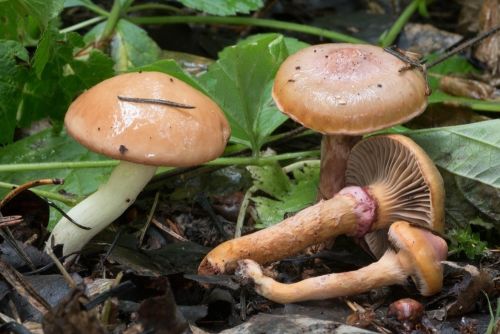
The Hidden World of Mycorrhiza: How Fungi Can Supercharge Your Garden

Understanding Soil pH for Thriving Plants
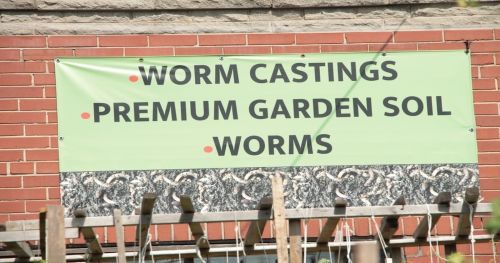
Worm Castings: Perfect Natural Fertilizer for Gardens
